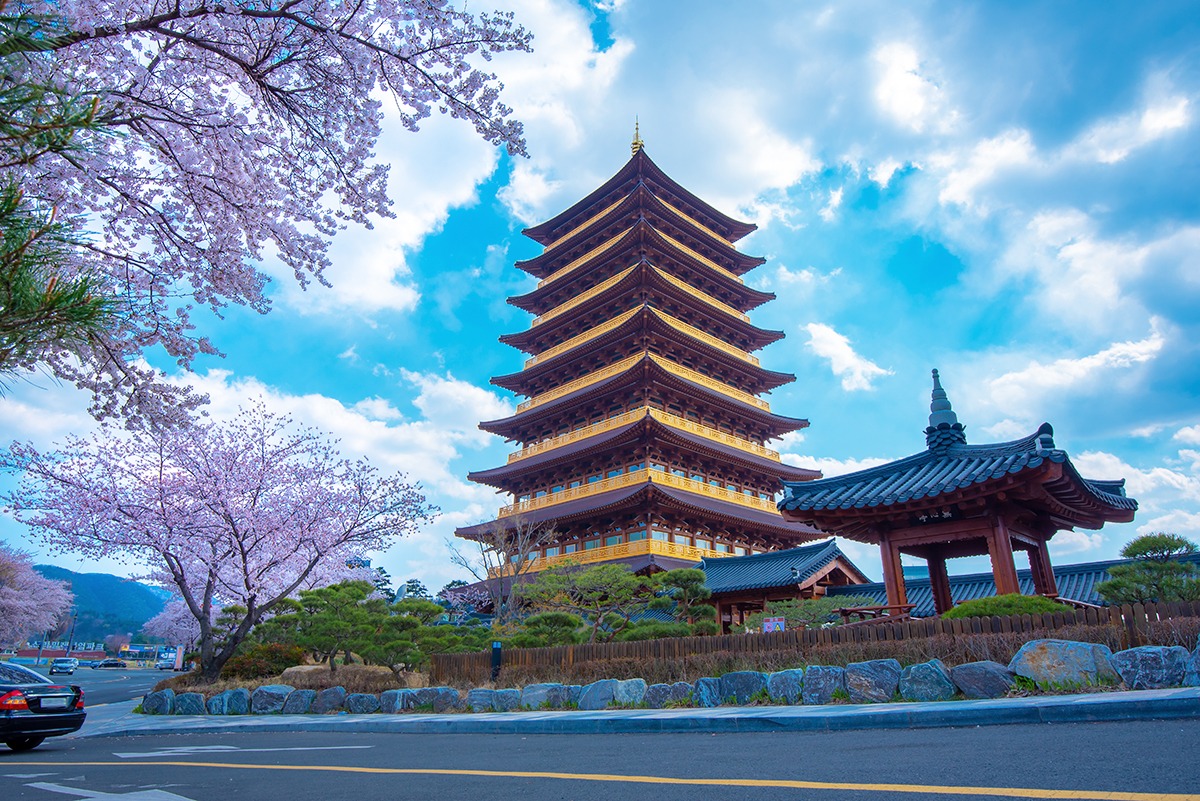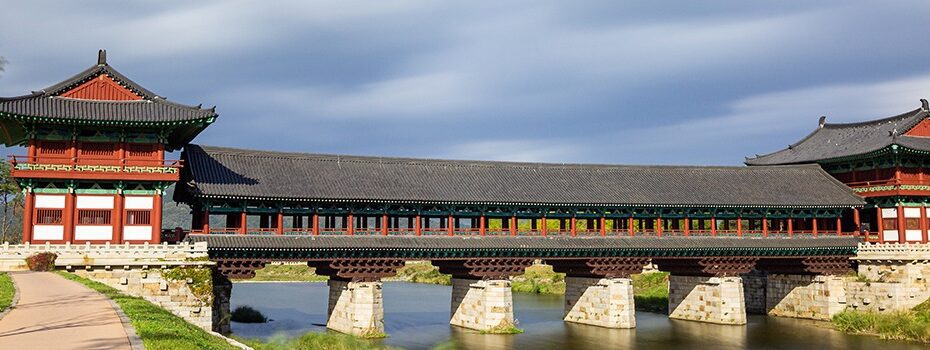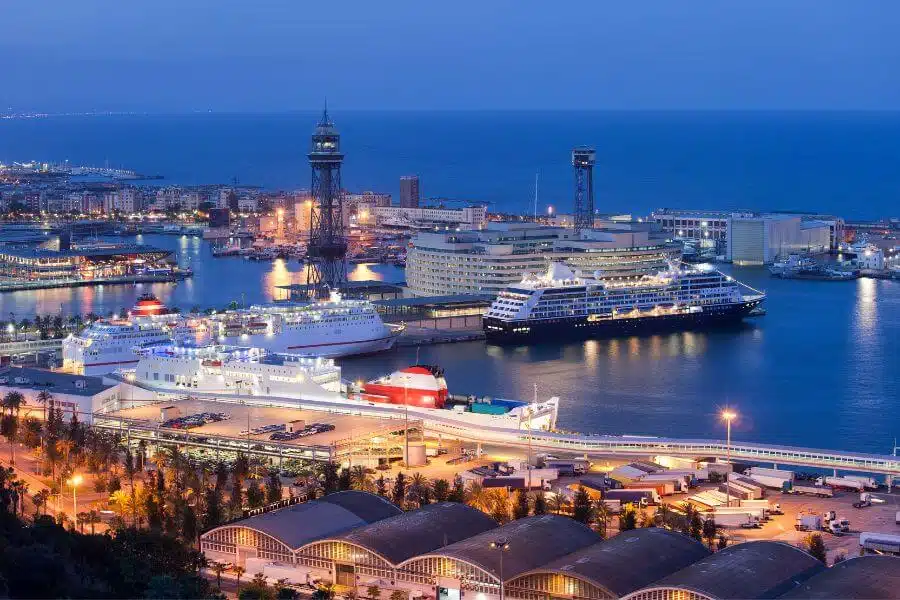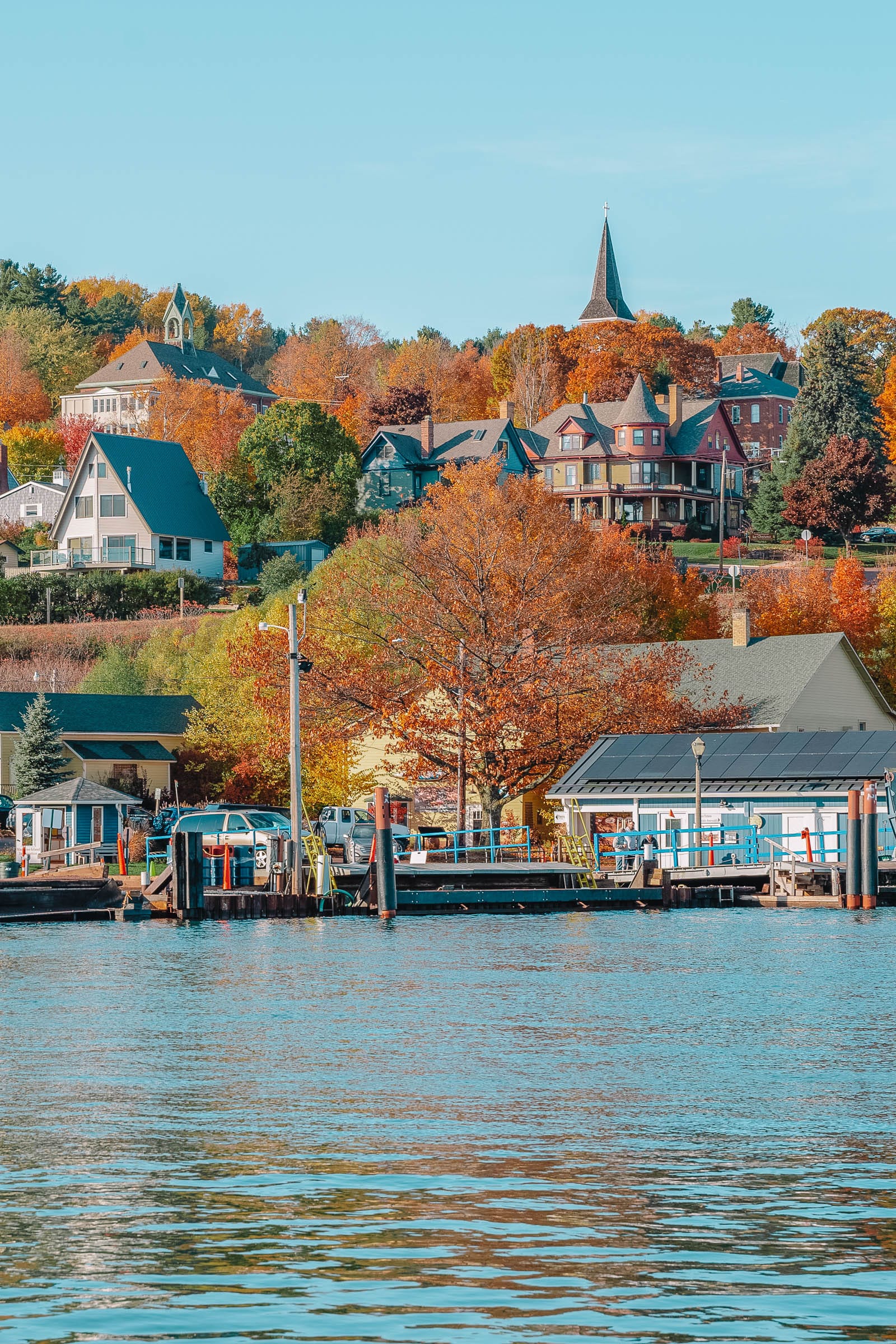Gyeongju offers a wealth of attractions, including historic sites like Bulguksa Temple and the UNESCO-listed Seokguram Grotto. Experience the rich cultural heritage of Korea at the Gyeongju National Museum or take a leisurely stroll through the beautiful Anapji Pond.
Immerse yourself in the city’s history by exploring the ancient tombs at the Daereungwon Tomb Complex, or enjoy the natural beauty of Gyeongju by hiking up Namsan Mountain. Uncover the mystery of the Cheomseongdae Observatory, the oldest surviving astronomical observatory in East Asia, and don’t forget to indulge in the local cuisine, particularly the famous Gyeongju bread or “ssukbbang.
” With its unique blend of history, culture, and natural beauty, Gyeongju offers a truly unforgettable experience for all visitors.
Historical Sites
Gyeongju, a city located in South Korea, is known for its rich historical heritage and numerous historical sites. The city is often referred to as a “museum without walls” due to its countless temples, tombs, and relics that showcase the ancient culture and history of the region. If you are a history enthusiast or simply curious about the past, Gyeongju has plenty to offer. In this blog post, we will explore two of the most significant historical sites in Gyeongju: Bulguksa Temple and Seokguram Grotto.
Bulguksa Temple
Bulguksa Temple, a UNESCO World Heritage Site, is one of the most important and beautiful temples in South Korea. Situated on the slopes of Mount Toham, this temple boasts stunning architecture and intricate stone carvings that date back to the 8th century. The temple complex is divided into several areas, each with its own unique charm and religious significance. The front of the temple features a wide stone staircase leading up to Daeungjeon, the main hall where Buddhist ceremonies are held.
Inside the Daeungjeon, you can witness the awe-inspiring statue of Buddha flanked by two Bodhisattvas. The serenity and spirituality of this sacred place make it a must-visit attraction for both locals and tourists. As you explore the temple grounds, it’s hard not to be captivated by the lush gardens, pagodas, and bell pavilion that add to the overall tranquility of the surroundings. Whether you are seeking spiritual enlightenment or simply marveling at the architectural wonders, Bulguksa Temple is a historical gem worth experiencing in Gyeongju.
Seokguram Grotto
Hidden within the slopes of Mount Toham, the Seokguram Grotto presents yet another marvel of ancient craftsmanship. This grotto houses a serene granite cave that contains a monumental statue of Buddha surrounded by intricate stone reliefs and carvings. The statue is crafted with utmost precision and grace, emanating a sense of tranquility that captivates all who lay eyes upon it.
The grotto was built in the 8th century and is considered a masterpiece of Buddhist art in East Asia. Its architectural design and meticulous construction reflect the devotion and skill of the ancient craftsmen. The breathtaking view from the grotto is an added bonus, as it overlooks the scenic East Sea and surrounding landscapes of Gyeongju. Seokguram Grotto is not only a historical treasure but also a spiritual sanctuary that offers visitors a glimpse into the rich religious traditions of Korea.

Credit: www.viator.com
Cultural Experiences
Explore the rich cultural experiences in Gyeongju by visiting ancient temples, royal tombs, and traditional Korean houses. Take part in cultural activities such as traditional tea ceremonies and hanbok dress-up to fully immerse yourself in the city’s heritage.
Traditional Hanbok Wearing
One of the most iconic cultural experiences you can have in Gyeongju is trying on a traditional Hanbok. Immerse yourself in the rich history of Korea by donning these beautiful garments, which have been worn for centuries. Whether you choose a vibrant and colorful design or opt for a more subdued and elegant look, wearing a Hanbok will transport you back in time and make you feel like a true local. You might even want to capture the moment with a photoshoot in one of Gyeongju’s famous historical sites.
Silla Performance
If you’re looking for a captivating cultural experience, be sure to catch a Silla Performance during your visit to Gyeongju. The Silla Kingdom, which ruled the region for nearly a thousand years, left behind a rich cultural heritage that is brought to life through these dynamic performances. Watch in awe as skilled performers showcase traditional music, dance, and martial arts, all in authentic costumes. The rhythmic beats of the drums and the graceful movements of the dancers will leave you mesmerized and give you a deeper appreciation for the history and traditions of Gyeongju.
Outdoor Adventures
There are plenty of thrilling outdoor adventures to be had in Gyeongju, offering a perfect blend of natural beauty and exhilarating activities. Whether you’re a hiking enthusiast or a nature lover, Gyeongju has something to offer for everyone seeking outdoor excitement.
Namsan Mountain Hike
Embrace the beauty of Gyeongju with a hike through the breathtaking trails of Namsan Mountain. The lush greenery and mesmerizing landscapes will leave you in awe as you navigate through this outdoor paradise. Look out for unique rock formations and ancient Buddhist carvings, adding a cultural touch to your adventure.
Anapji Pond Sunset Viewing
End your day with a spellbinding sunset view at the enchanting Anapji Pond. Take a leisurely stroll around the serene water’s edge and witness the sky ablaze with vibrant hues as the sun dips below the horizon. The tranquil ambiance and picturesque surroundings make this experience truly unforgettable.

Credit: www.viator.com
Local Cuisine
Dive into the vibrant culinary scene of Gyeongju and explore the local cuisine that richly embodies the cultural flavors of this historic city.
Taste Of Hwangnam-ppang
- Enjoy the iconic Hwangnam-ppang, a sweet red bean-filled pastry that dates back to the Silla Dynasty.
- Savor the delicate balance of crispy exterior and soft, warm filling that makes this snack a favorite among locals and tourists alike.
- Experience the time-honored tradition of baking these delectable treats, passed down through generations in Gyeongju.
Gyeongju Gyodong Beopju
- Indulge in Gyeongju Gyodong Beopju, a traditional rice wine with a history dating back over a thousand years.
- Immerse yourself in the rich flavors and aromatic notes of this unique beverage, crafted using ancient brewing techniques.
- Experience the local drinking culture by sampling this renowned rice wine at authentic taverns scattered throughout Gyeongju.
Art And Handicraft
If you appreciate art and handicraft, Gyeongju offers a rich cultural experience.
Cheomseongdae Observatory
Explore the ancient astronomy of Korea at Cheomseongdae Observatory.
- Constructed in the 7th century, it’s one of the oldest observatories in East Asia.
- Admire the intricate stone structure and learn about the historical significance.
- Perfect for history buffs and those intrigued by astronomy.
Gyeongju National Museum
Dive into Korean art and culture at the renowned Gyeongju National Museum.
- Discover a vast collection of artifacts, relics, and handicrafts.
- Gain insights into the rich history and traditions of the region.
- Appreciate the intricate details of ancient Korean artistry.

Credit: www.agoda.com
Day Trips
Embarking on day trips from Gyeongju can offer unforgettable experiences, allowing you to delve deeper into the cultural and natural wonders of South Korea. From traditional Korean villages to scenic coastlines, there are various destinations waiting to be explored just a short distance away. Here are the must-visit places for day trips from Gyeongju:
Visit To Yangdong Village
Step back in time with a visit to the Yangdong Village, a UNESCO World Heritage site and one of the best-preserved examples of a traditional Korean village. Wander through the narrow alleyways, admire the tiled-roof houses, and immerse yourself in the peaceful ambiance of this well-preserved historical gem.
Explore The Ulsan Seacoast
Discover the breathtaking beauty of the Ulsan Seacoast, just a short distance from Gyeongju. The pristine coastline offers stunning views, picturesque cliffs, and beautiful beaches. Take a leisurely stroll along the shoreline, embrace the tranquil atmosphere, and capture the mesmerizing coastal scenery.
Hidden Gems
Discover hidden gems in Gyeongju with off-the-beaten-path experiences and cultural treasures to explore. Uncover ancient relics and serene landscapes for a unique adventure in this historic city. Whether visiting historical sites or indulging in local cuisine, Gyeongju offers a blend of tradition and discovery.
Gyeongju Cherry Blossom Tunnel
Located in the beautiful Wolseong Park, the Gyeongju Cherry Blossom Tunnel is a hidden gem that attracts visitors with its stunning natural beauty. The tunnel is created by the arching branches of cherry blossom trees, forming a breathtaking canopy of pink and white flowers. Visitors can stroll along the path, being immersed in the whimsical world of cherry blossoms. In spring, when the flowers are in full bloom, the tunnel offers a surreal and dreamlike experience. It’s a perfect spot for taking Instagram-worthy photos or simply enjoying a peaceful walk amidst nature’s wonders. For nature lovers and photography enthusiasts, the Gyeongju Cherry Blossom Tunnel is a must-visit destination that captures the essence of Gyeongju’s beauty.Gyochon Traditional Village
Stepping into Gyochon Traditional Village is like traveling back in time to experience the traditional lifestyle of the ancient Silla Kingdom. This hidden gem is a well-preserved village that showcases the traditional architecture, cultural heritage, and daily life of the local residents. With its quaint buildings, traditional hanok houses, and beautiful gardens, Gyochon Traditional Village offers visitors a glimpse into the past. You can explore the narrow lanes, visit historical landmarks, and even try on traditional clothing for a truly immersive experience. The village is also known for its plethora of traditional craft workshops, where visitors can learn and try their hand at pottery making, fabric dyeing, and traditional paper hanji crafts. It’s a unique opportunity to embrace the rich cultural heritage of Gyeongju while creating your own masterpiece. In addition to its cultural significance, Gyochon Traditional Village is home to several local eateries that serve authentic Silla cuisine. Indulge in traditional delicacies such as Gyeongju bread, rice cakes, and traditional teas, and savor the flavors of the past. Exploring Gyochon Traditional Village is like stepping into a living museum, where history and tradition come alive. Whether you’re interested in history, culture, or simply immersing yourself in the beauty of the past, this hidden gem is a must-visit destination in Gyeongju.Practical Tips
Planning a trip to Gyeongju in South Korea? Make the most of your visit to this historic city with these practical tips! From transportation options to the best time to visit, we’ve got you covered.
Transportation In Gyeongju
Getting around Gyeongju is a breeze with its efficient public transportation system, which includes buses and taxis. Buses are the most affordable option and they cover all major attractions in the city. Remember to have some small change handy for bus fares. You can also opt for taxis, which are more convenient but slightly pricier.
Wondering how to get to Gyeongju in the first place? If you’re coming from Seoul, you can take a KTX train which will get you to Gyeongju in around two and a half hours. Another option is to take an express bus from major cities like Busan or Daegu.
Best Time To Visit Gyeongju
Gyeongju is a city that is delightful to visit year-round, but to make the most of your experience, it’s important to consider the weather and the crowd. The city’s climate is characterized by hot summers and cold winters.
Spring (April to June) is a popular time to visit Gyeongju, as the temperature is pleasant and the cherry blossoms are in full bloom, creating a picturesque setting. It’s also a great time to explore the city’s historic sites without battling huge tourist crowds.
Autumn (September to November) is another excellent time to visit Gyeongju, with mild temperatures and beautiful fall foliage. This season offers a great opportunity to partake in outdoor activities and enjoy the city’s natural beauty.
Winter (December to February) is known for its cold temperatures, but it brings a unique charm to Gyeongju. During this time, the city is less crowded, offering a quieter and more intimate experience. Plus, you can enjoy the stunning views of the snow-covered landscapes.
Take note that summer (July to August) can be hot and humid in Gyeongju. However, if you don’t mind the heat and enjoy vibrant festivals, this could be the perfect time for you to visit. Don’t forget to pack light and breathable clothing to stay comfortable during your summer explorations.
Frequently Asked Questions Of Things To Do In Gyeongju
What Are The Must-see Historical Sites In Gyeongju?
In Gyeongju, don’t miss Bulguksa Temple, Seokguram Grotto, and Cheomseongdae Observatory for a deep dive into Korean history.
How Can I Explore Gyeongju On A Budget?
Explore Gyeongju National Museum, Anapji Pond, and Tumuli Park for budget-friendly options that still offer unique cultural experiences.
What Are The Best Seasonal Events In Gyeongju?
Experience the Gyeongju Cherry Blossom Festival in spring, the beautiful autumn foliage, and the magical Donggung Palace and Wolji Pond light show in winter.
Where Can I Taste Authentic Korean Cuisine In Gyeongju?
Savor traditional Korean flavors at local restaurants like Hwangnam Bread, Gyeongju Gyodong Beopju Village, and try local specialties like Gyeongju Bread and makgeolli.
Conclusion
In Gyeongju, each day holds new opportunities for exploration and discovery. From the historic Bulguksa Temple to the tranquil Anapji Pond, this city is a treasure trove of ancient wonders. With its rich cultural heritage and breathtaking natural scenery, Gyeongju offers a truly unforgettable experience for visitors.
Explore, learn, and create lasting memories in this enchanting city.
- The Power of Mobile Accessibility And Real-Time Tracking for Trucking Operations - November 6, 2024
- Why Ease of Use is Crucial in Trucking Dispatch Software - September 22, 2024
- Better Communication With Dispatchers: How Trucking Dispatch Software Can Optimize Operations - September 7, 2024




